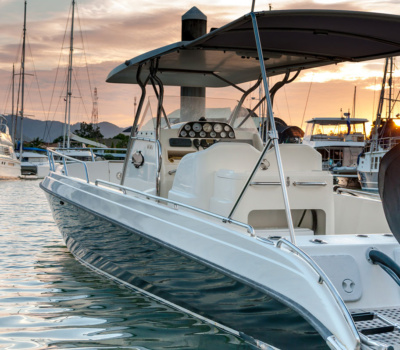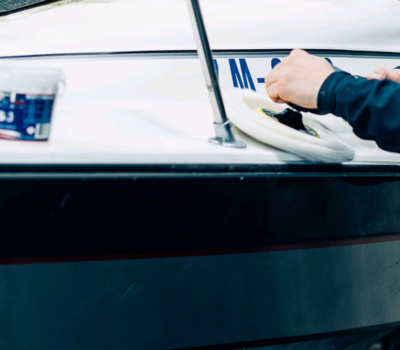

Rozszerzamy naszą ofertę, wprowadzając dwa nowe produkty, które zapewnią entuzjastom łodzi oraz przetwórcom laminatów jeszcze

Przyjdź i dołącz do nas na METS 2023. Wspomniane targi to najlepsze wydarzenie dla profesjonalistów

Zajrzyj do nas bez wychodzenia z domu. Serdecznie zapraszamy.

Nowości w sezonie 2023 to rewelacyjna wełna polerska. Nowa biało – czarna wełna polerska w
Nie należy dodawać więcej utwardzacza, ponieważ po utwardzeniu się bazy, utwardzacz, który pozostał będzie reagował z kolejnymi produktami, które zostaną zaaplikowane. Spowoduje to powstanie defektów. W przypadku produktów dwukomponentowych należy stosować proporcje podane przez producenta w kartach technicznych (Tzw. TDS).